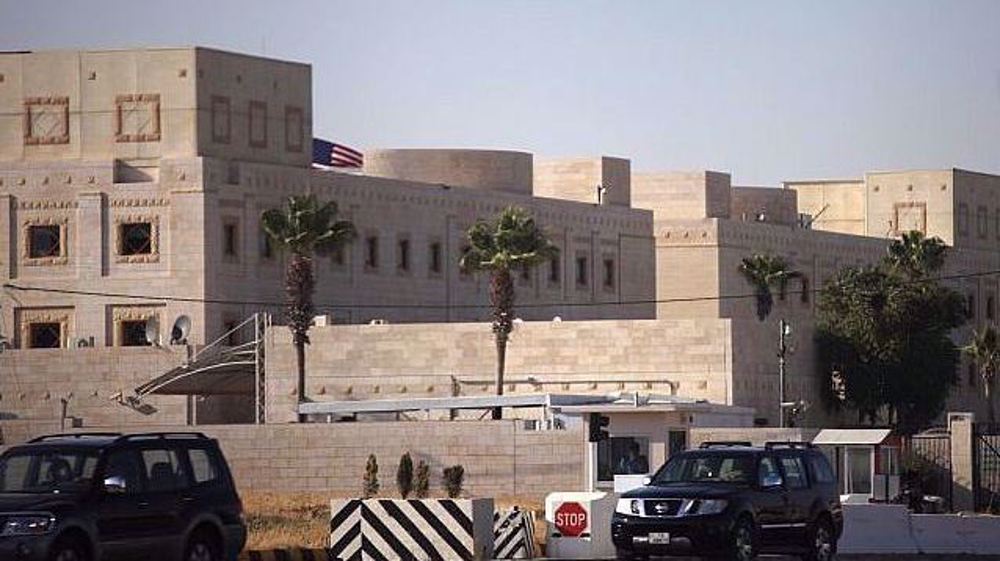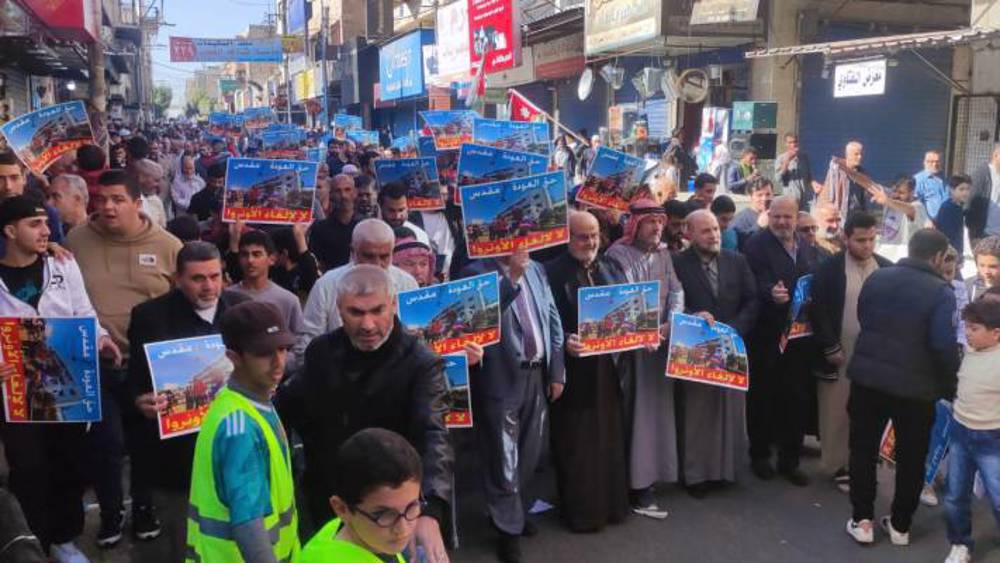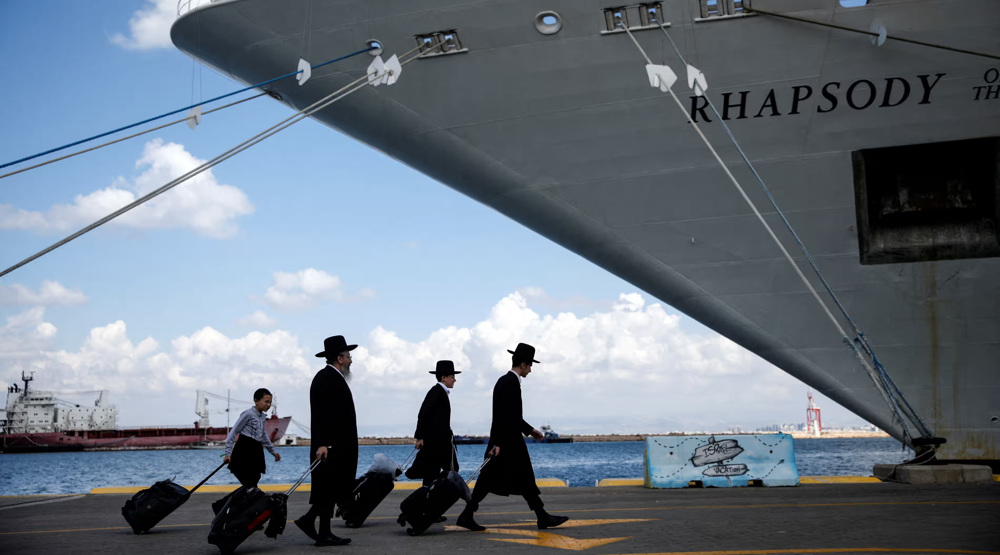Jordan unveils border surveillance system
Jordan has unveiled a partially US-funded border surveillance system to secure its borders from any infiltration by terrorists from Iraq and Syria.
The border security system, which includes radar and surveillance towers, provides Jordanian forces with the capacity to pinpoint the location of suspected infiltrators several kilometers before they reach the country’s borders, Colonel Robert Paddock, a defense attache at the US Embassy in the capital, Amman, revealed on Monday.
Jordan, one of Washington’s regional allies in the so-called US-led coalition fighting terrorism, shares borders with Iraq and Syria, which have been beset by deadly violence perpetrated by terrorist groups, especially the ISIL Takfiri group.
Washington and some of its allies have been reportedly conducting air raids against what they say are ISIL positions in Iraq since August 2014. Since last September, some members of the US-led coalition have also been pounding purported ISIL positions inside Syria without any authorization from Damascus or a UN mandate.

Paddock further noted that the system currently operates along the Jordanian-Syrian border, adding that the system will be used along Jordan's border with Iraq by the end of the year.
"Here, they can see anywhere along the entire border, what is going on, and then they can take appropriate action," Paddock told The Associated Press at the command center.
US Ambassador to Jordan Alice Wells said the aim of developing the surveillance system has been to boost Jordan's security.
"I don't think anyone is talking about an invasion of Jordan (by ISIL militants), but what we are talking about is the ability of individuals to try to infiltrate the border and this is a highly effective defense against that," Wells said.
Her comments came after the kingdom’s border guards reportedly managed to kill two suspected infiltrators from Syria on Sunday night.
In February, Jordan intensified its airstrikes against militants following the burning to death of Jordanian pilot Muath al-Kasasbeh by the ISIL terrorist group. Kasasbeh was captured in December last year after his F-16 jet crashed while flying over northern Syria on a mission against the terrorists.
Anti-ISIL fight
The ISIL terrorists, who were initially trained by the CIA in Jordan in 2012 to destabilize the Syrian government, control parts of territory in Syria and Iraq.
In Syria, the army backed by Hezbollah fighters, are tightening the noose around militants across the crisis-hit country especially in the areas bordering Lebanon.
The Iraqi forces along with volunteer fighters are also fighting the ISIL terrorists. According to the reports on the latest developments in Iraq, the Iraqi forces managed to kill as many as 15 terrorists on Monday in the district of al-Baghdadi in the Anbar provincial capital,Ramadi, which fell into the hands of terrorists last month.

Reports also said that the Iraqi forces managed to repel attacks by the Takfiri terrorists on the areas of al-Harirat and al-Sabihat in the city of al-Karma in Anbar, killing five militants.
Brigadier General Saad Maan, the spokesman for the Baghdad Operation Brigade, said that the Iraqi forces also destroyed two bomb-making factories used by ISIL Takfiri militants in the city.
The Iraqi forces also managed to kill eight ISIL terrorist in the area of Nazim Taqsim in the northern part of Fallujah, another city in Anbar.
Retaking Ramadi is one of the major goals of the Iraqi forces in the fight against the Takfiri terrorists.
IA/MHB/AS
US pushes new strike group into region after aircraft carrier flees Yemen’s firepower
World has ‘embarrassingly failed to stop Israel amid incessant US support’: FM
Iran-Egypt ties poised for revival as first Iranian president visits Cairo in 11 years
Iran’s cenbank says inflation down to lowest in 4 years
Iran rejects Canada-sponsored UNGA resolution as baseless, political
US disregards Spain’s arms embargo on shipments destined for Israel
Palestinian detainees on hunger strike to protest Israeli repression
US sanctions 3 individuals, 4 entities over links to Iranian military










 This makes it easy to access the Press TV website
This makes it easy to access the Press TV website